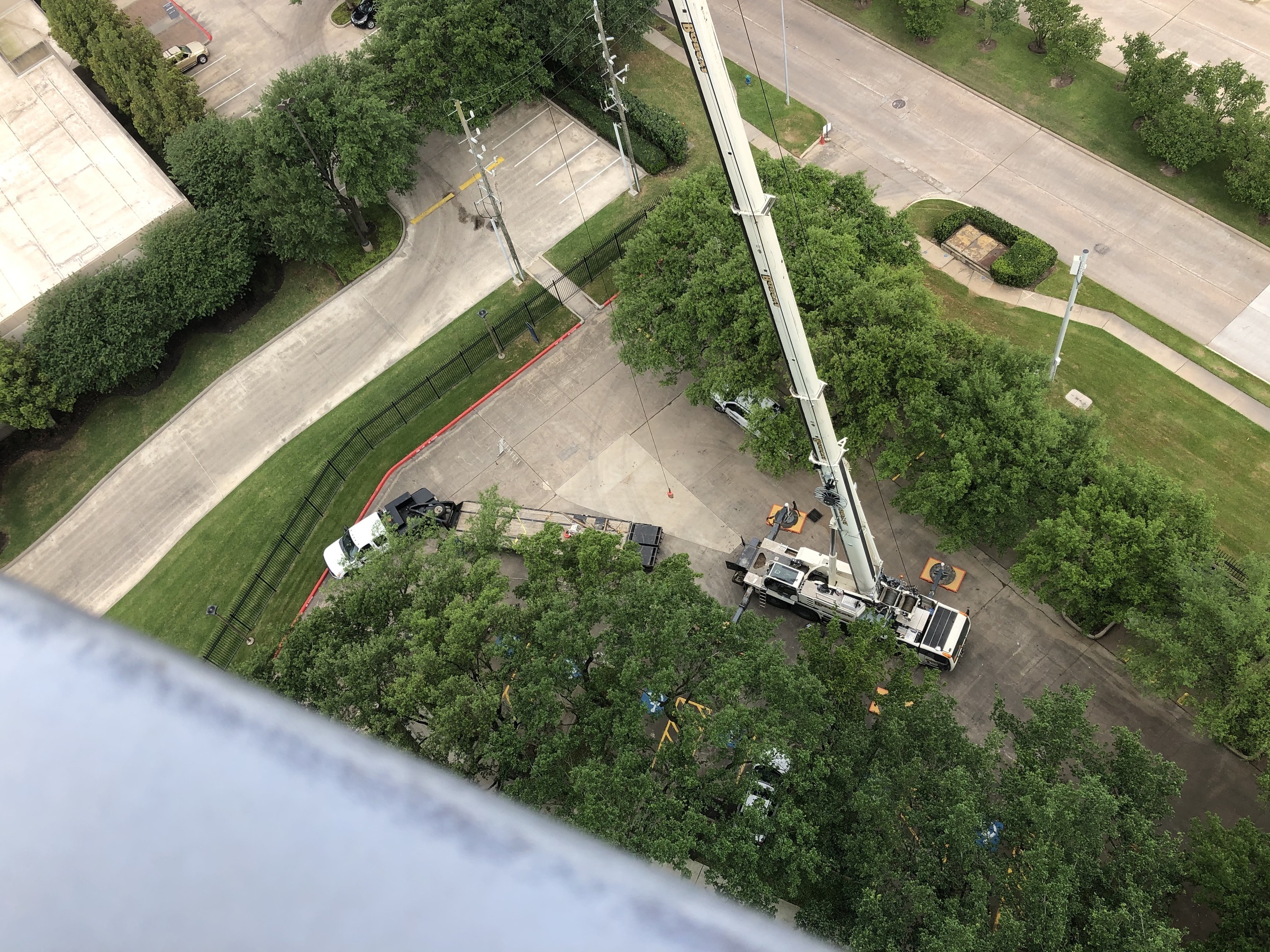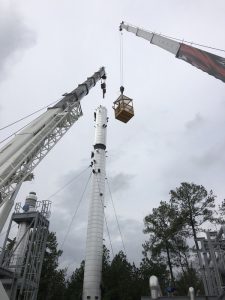When it comes to construction and agriculture, versatility is the key to efficiency. One piece of equipment that stands out for its flexibility and power is the telehandler. Also known as a telescopic handler, this machine has transformed how we lift, move, and place heavy loads across various industries. In this article, Bobcat Contracting LLC, a leading crane rental company in Texas, shares essential insights about telehandlers—what they are, their capabilities, and why they’ve become an essential tool on modern job sites. A telehandler, short for telescopic handler, is a powerful piece of machinery that combines the lifting strength of a forklift with the extended reach of a crane. Its defining feature is the telescopic boom, which can extend and retract to offer greater vertical and horizontal reach. These machines are often referred to by different names such as telescopic forklift, lull, teleporter, or zoom boom. Telehandlers have become a staple in construction, farming, waste management, and recycling due to their adaptability and performance. The core component of a telehandler is its telescopic boom, which provides the necessary reach and lifting capacity. The operator sits in a cab that’s designed for excellent visibility, ensuring safe and efficient operation. The chassis serves as the base, built for stability even on uneven ground. At the end of the boom, there's an attachment point that allows for a wide range of tools. Larger models may also include stabilizers for added support during heavy lifts. Telehandlers are incredibly versatile and used in a variety of ways: Lifting and Transporting They excel at moving heavy materials across construction sites and agricultural areas. Common items include: Reaching High and Far Thanks to their extendable booms, telehandlers can access hard-to-reach places. They are ideal for: Performance on Rough Terrain Designed for off-road use, telehandlers are perfect for: Versatility Through Attachments One of the biggest advantages of telehandlers is their ability to use multiple attachments. Popular options include: This makes them a cost-effective solution for a wide range of tasks, eliminating the need for multiple machines. Telehandlers come in various sizes to suit different needs: Choosing the right model depends on your specific requirements. Keep in mind that lifting capacity decreases as the boom extends, so always check the specifications before operation. Operating a telehandler requires proper training and attention to safety. These machines are complex and can be dangerous if not handled correctly. Always perform daily inspections, know the load capacity, and never exceed it. Understanding how the boom’s extension affects lifting capacity is crucial for safe operation. Ground conditions, visibility, and using spotters when needed are also important. Most importantly, all operators should be properly trained and certified to ensure safe and efficient use of the equipment. While both telehandlers and forklifts are used for lifting, they serve different purposes. Telehandlers offer more reach and can operate on rough terrain, making them ideal for outdoor and large-scale projects. Their versatility through attachments gives them an edge over traditional forklifts. Forklifts, however, are more compact and better suited for indoor environments like warehouses. They tend to have higher lifting capacities at full extension and are more fuel-efficient for continuous use in fixed locations. Selecting the right telehandler depends on several factors, including the weight of the load, the required height, and the type of terrain. You should also consider whether you’ll be working indoors or outdoors, the frequency of use, and the types of attachments needed. Taking these into account will help you choose a machine that meets your project’s needs efficiently and safely. As technology evolves, so do telehandlers. Innovations like electric and hybrid models are becoming more common, reducing emissions and improving sustainability. Safety features such as object detection systems and advanced telematics are also being integrated for better fleet management. There's also a growing trend toward automation and remote operation, which could change the way we use these machines in the future. If you're in Texas and need reliable telehandler or crane rental services, Bobcat Contracting LLC is here to help. With a fleet of modern equipment and experienced professionals, we can handle projects of all sizes. Reach out today for a free quote and let us assist you in taking your project to the next level. Partner with Bobcat Contracting LLC and experience the difference of working with experts who truly understand your needs. Based on the following three points, the Iron Box can better protect the tea packaging and protect the tea.
For the current market, iron box packaging is widely used, such as tea iron boxes. Due to the diversity of printing on the surface of the iron box and good gloss, it is more beautiful and high-grade. The reason why people like to use iron boxes for packaging is that the compatibility strength of iron boxes is good and they are suitable for preservation. In recent years, there are all kinds of packaging materials on the market. From wooden boxes, plastic boxes to iron boxes, among which iron boxes are the first choice for tea packaging. Tea Tin Box,Tea Iron Can,Tea Iron Boxes,Gift Box Tea Tin Can,Tin Can Dongguan Tielangtou Hardware Products Co., Ltd , https://www.tinboxtlt.comWhat is a Telehandler?
The Parts of a Telehandler
Capabilities and Applications of Telehandlers
Sizes and Lifting Capacities of Telehandlers
Safety and Training Considerations
Telehandlers vs. Forklifts: What’s the Difference?
How to Choose the Right Telehandler for Your Project
The Future of Telehandlers
Contact Bobcat Contracting LLC for a Free Quote on Crane Rental in Texas!
1. Tightness of the iron box.
Tea will deteriorate when exposed to the air, so the first key to storing tea is to seal it. The iron box has a low oxygen permeability, which has a good barrier to the air and can better protect tea.
2. Reducibility of iron box.
Chemical action of the iron box: good reducibility, the tin in the iron box will react with the oxygen remaining in the container during filling, which is the reduction of tin. The reduction of tin can reduce the chance of oxidation of tea nutrients and prolong the storage life of tea
3. Light opacity of iron box
Light is easy to cause deterioration reaction of tea and change of food quality, especially green tea is easy to deteriorate in case of light. The lightproof of the iron box makes the preservation rate of tea higher. In addition to keeping the original flavor of tea, even the color will not change.

